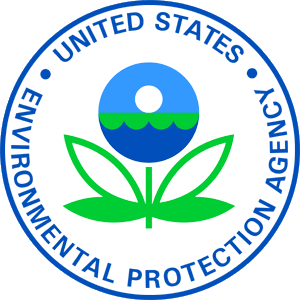
Image: epa.gov
Pingtone Communications founder Shelby Bryan has more than 35 years of combined experience in investment banking, international business, and telecommunications. Prior to the launch of his career, Shelby Bryan became one of two law school graduates to intern for Ralph Nader. Throughout the internship, he worked on a variety of environmental projects, including the Clean Water Act (CWA) of 1972.
Originally established in 1948, the CWA defines quality standards for surface waters and forms the basic structure for regulations regarding the discharge of pollutants into U.S. waters. The act enables the Environmental Protection Agency (EPA) to administer and control various pollution control programs and establish waste-water standards for the industry. Furthermore, the CWA forbids the discharge of pollutants from point sources into navigable waters without first obtaining a permit.
The CWA was originally known as the Federal Water Pollution Control Act at the time of its 1948 enactment, during which time it became the first U.S. law to address water pollution. Growing public awareness and concerns about water pollution led to significant changes to the act in 1972. In addition to its name change to the CWA, amendments to the act included granting the EPA the authority to implement pollution control programs and approving funding for the construction of sewage treatment plants. It also recognized the need to address critical problems as a result of nonpoint source pollution.
For more details on the CWA, visit www.epa.gov/laws-regulations/summary-clean-water-act.